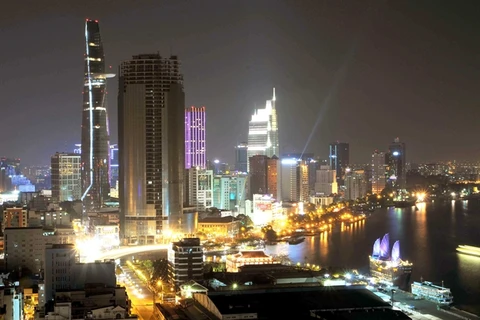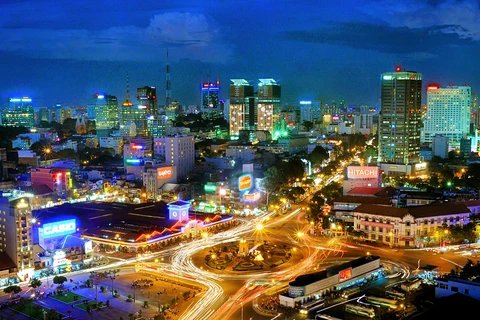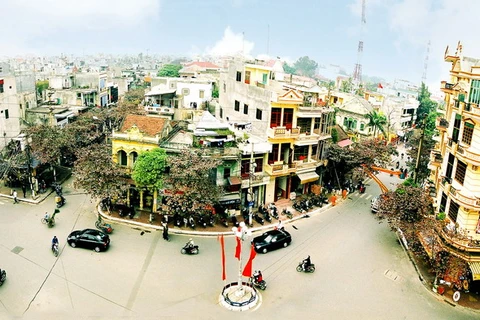Hanoi (VNA) – Prime Minister Nguyen Xuan Phuc has asked concerned ministries to develop a set of standards for the development of smart cities and implementation guidelines.
Smart city is a new concept in Vietnam and needs careful research so that it is compatible with the national and global focus on sustainable development, the PM said recently.
A smart city refers to the incorporation of technologies and solutions in managing cities, including for housing development.
PM Phuc has asked the ministries of information and communications and construction to work together and develop a set of standards to ensure that implementation is practical and investment is efficient, depending on the financial capacity of the region.
Currently, urban areas in Vietnam are classified into ix categories: types 1 to 5 and special urban areas. Special, type 1 and type 2 are areas recognized by the Prime Minister, types 3 and 4 by the construction ministry, while type 5 has the nod of the provincial People’s Committee. There are two special urban areas in the country, Hanoi and HCM City; 17 are type 1, 25 are type 2, 42 are type 3 and 90 are type 4.
Almost 36 percent of the population lives in urban areas, and this figure is expected to rise to 40 percent by 2020, according to statistics from the construction ministry’s urban development department. Economic growth in urban areas is doubling the country’s average growth rate.
Experts said the need to develop smart cities has arisen because of rapid urbanization, which has put a lot of pressure on traffic and transport, air quality and health care.
In recent year, several areas in the country have initiated plans to become smart cities, including Hanoi and HCM City.-VNA
Smart city is a new concept in Vietnam and needs careful research so that it is compatible with the national and global focus on sustainable development, the PM said recently.
A smart city refers to the incorporation of technologies and solutions in managing cities, including for housing development.
PM Phuc has asked the ministries of information and communications and construction to work together and develop a set of standards to ensure that implementation is practical and investment is efficient, depending on the financial capacity of the region.
Currently, urban areas in Vietnam are classified into ix categories: types 1 to 5 and special urban areas. Special, type 1 and type 2 are areas recognized by the Prime Minister, types 3 and 4 by the construction ministry, while type 5 has the nod of the provincial People’s Committee. There are two special urban areas in the country, Hanoi and HCM City; 17 are type 1, 25 are type 2, 42 are type 3 and 90 are type 4.
Almost 36 percent of the population lives in urban areas, and this figure is expected to rise to 40 percent by 2020, according to statistics from the construction ministry’s urban development department. Economic growth in urban areas is doubling the country’s average growth rate.
Experts said the need to develop smart cities has arisen because of rapid urbanization, which has put a lot of pressure on traffic and transport, air quality and health care.
In recent year, several areas in the country have initiated plans to become smart cities, including Hanoi and HCM City.-VNA
VNA
























